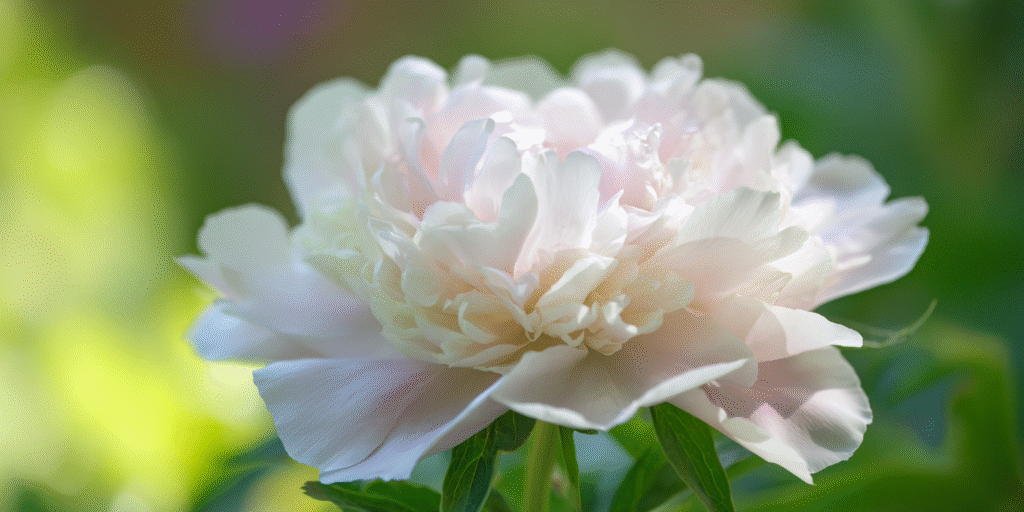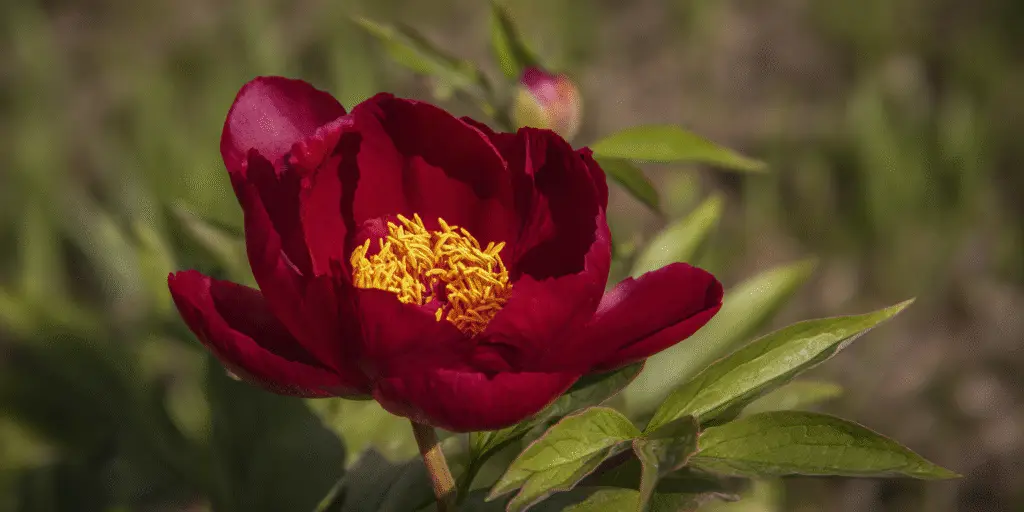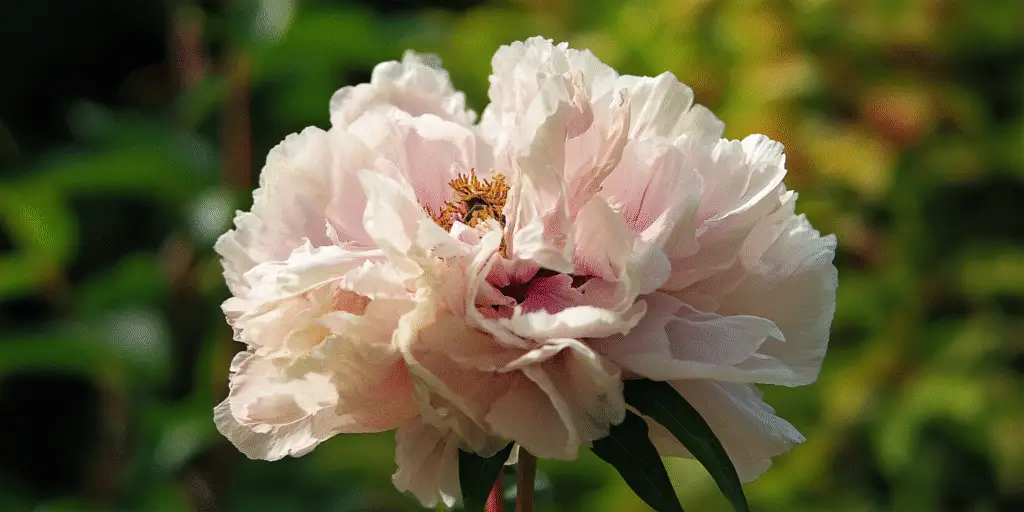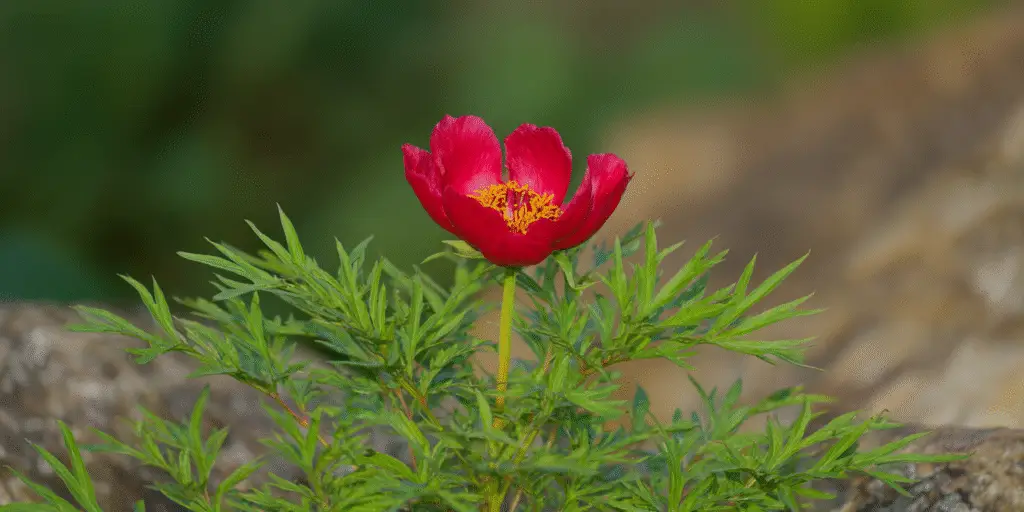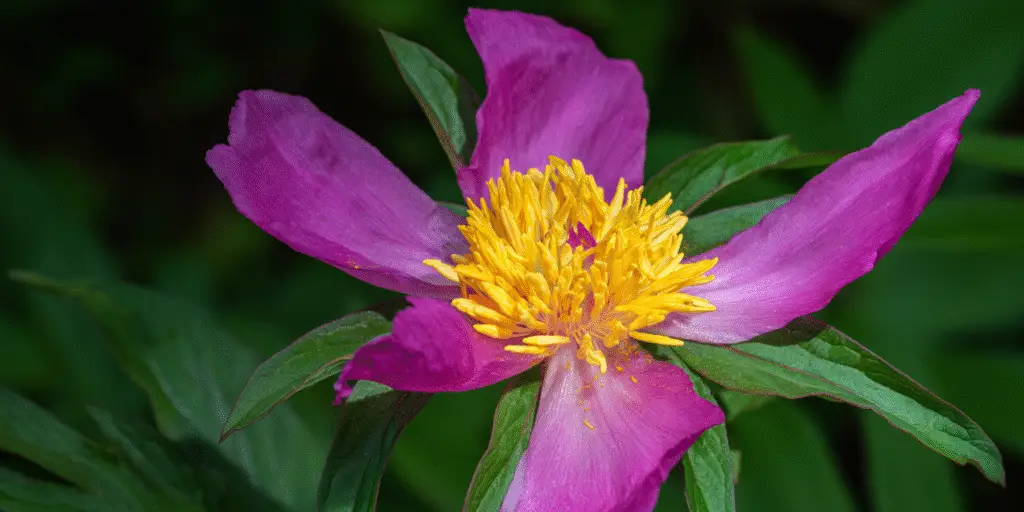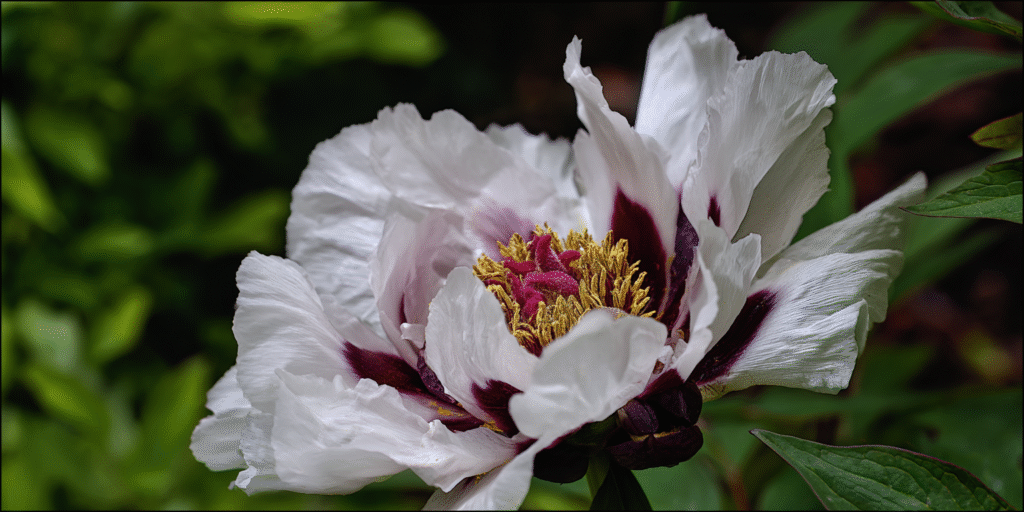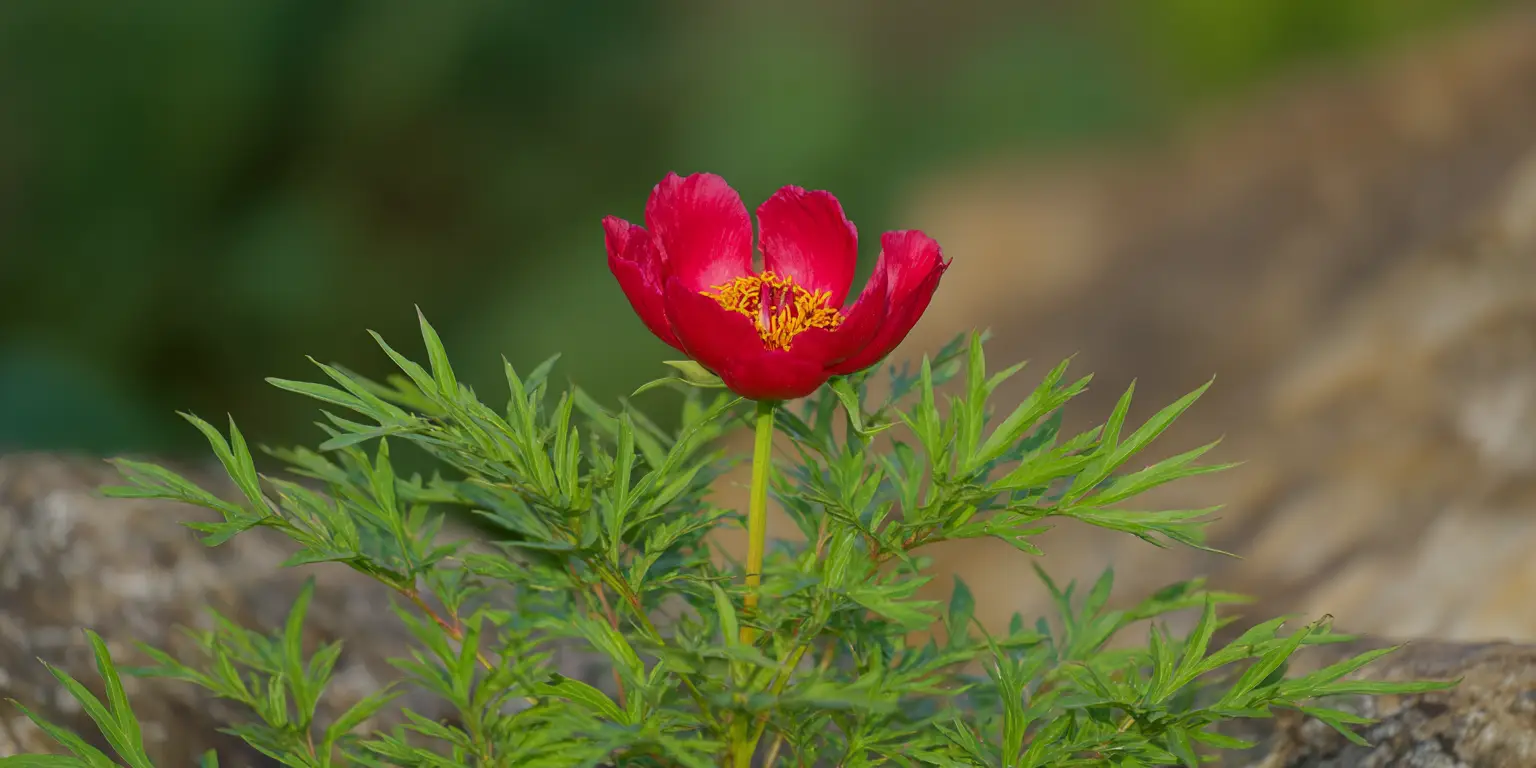
Paeonia tenuifolia
This herbaceous species is known as the fernleaf peony for its finely divided foliage and low, mounded habit.
It stands out for early crimson flowers above feathery leaves.
Plants perform best in full sun and very well‑drained soil.
Bloom is typically mid spring in much of North America.
Clumps are durable but resent frequent division.
Foliage may go summer‑dormant in heat or drought.
Fragrance is light on most forms.
At‑a‑glance
- Group/Class: Herbaceous peony
- Height × spread: 12–18 in × 12–24 in (30–45 cm × 30–60 cm)
- Bloom window: mid spring
- Color & flower form: deep red; single (doubles exist)
- Fragrance: 1
- USDA hardiness: 3–8
- Origin: Southeastern Europe
- Pet safety: avoid
How it differs
- Earlier to flower than most garden peonies.
- Much finer foliage than typical peonies.
- Short stature suits rock gardens and front borders.
- Can enter early dormancy in hot summers.
Strengths
- Distinctive texture even when not in bloom.
- Cold‑hardy and long‑lived with good drainage.
- Compact habit needs little staking.
Care in one minute
- Site: full sun with open exposure.
- Soil: sharply drained loam or sandy loam; neutral to slightly alkaline.
- Water: moderate; keep evenly moist in spring, drier in summer.
- Feeding: light compost in early spring.
- Planting: set buds 1–2 in below soil; avoid mulching over the crown.
- Maintenance: deadhead; cut foliage back after frost; divide only if necessary.
Watch‑outs
- Resents waterlogged or heavy soils.
- Dislikes frequent division or transplanting.
- Flowering can be brief in warm springs.
Best uses (tags)
rock gardens; borders; cottage; early season interest
Provenance note
Native to southeastern Europe and featured in botanic collections for its unique foliage.
